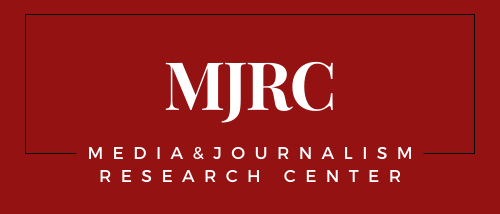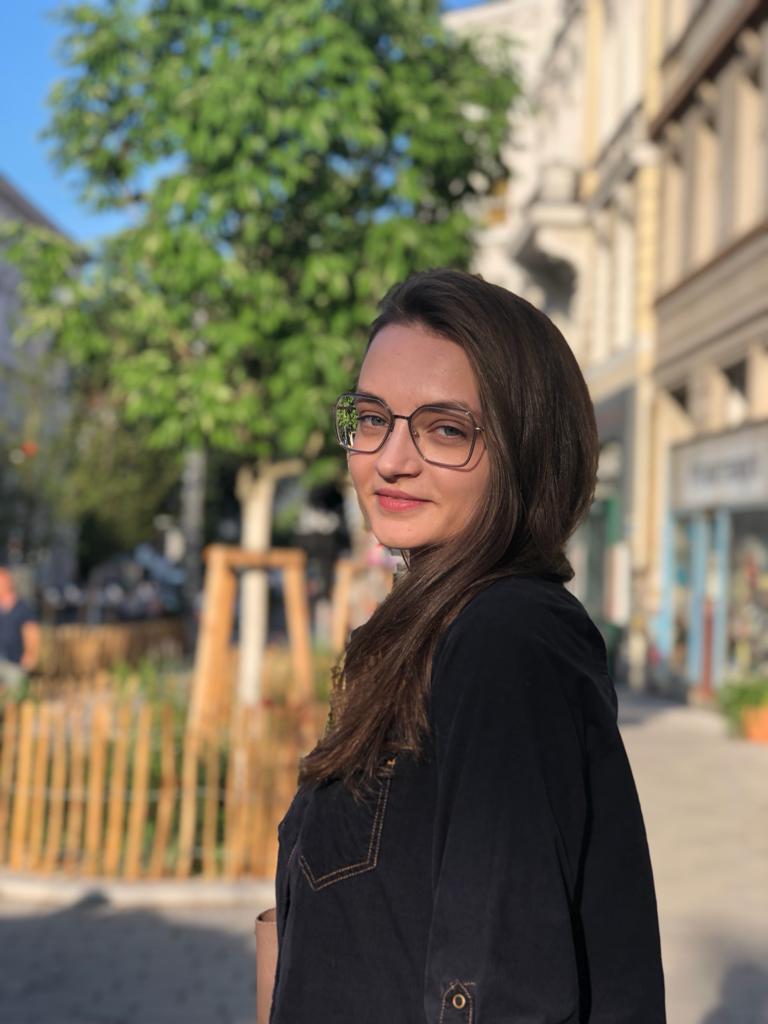Anastasiia Vorozhtsova
Anastasiia Vorozhtsova, an MA graduate in international relations from CEU with academic and professional experiences in Russia, the United States of America, and Austria, has joined our Fellowship program. Anastasiia is a freelancer at The New York Times Podcast The Daily, where she has been monitoring news coverage of Russia and the war in Ukraine, conducting research and interviews, translating, and connecting individuals with the New York Times journalists.
Concomitantly, Anastasiia has been contributing to Columbia University Global Freedom of Expression (GFoE) by engaging in legal analysis for the initiative and compiling databases of court cases on content regulation, disinformation, right-to-be-forgotten, and hate speech.
As an aspiring investigative journalist, Anastasiia wishes to break complex international stories into understandable pieces of social, political, and environmental importance. She strives to hold those in power accountable.
At MJRC Anastasiia will focus on analysing Russian propaganda media outlets – their governance, production, and consumption.
See below more information about Anastasiia’s project conducted as an MJRC fellow.
From Those in Charge to the Audience: How Russian Propaganda Media Outlets Are Governed, Produced, and Consumed
On February 24, 2022, Russia started its full-scale invasion of Ukraine, and all hell broke loose – for many, if not, most of us. The war acquired several fronts, and Russia is losing almost everywhere. One battlefield driver, however, remains in the Kremlin’s firm grip: propaganda.
The Russian warmongers failed repeatedly, yet the smooth choir of the state media continued to supply lies. The lies spur the audience’s support of the war. The case of today’s Russia displays clearly that media capture leads to catastrophes. The Kremlin’s propaganda machine conceals the war crimes the Russian army commits in Ukraine. And if propaganda does not convince viewers/readers/listeners fully, it thwarts their critique of government actions.
How did we get here? Who are those Kremlin’s loyalists who own the propaganda media? What are the disinformation techniques? Russia’s media capture case demands analysis. Examining the various functional levels of propaganda can help fight media capture internationally and boost the support of independent media.
Anastasiia plans to analyze the Russian case in a three-focus look at 1) propaganda media ownership, 2) propaganda disinformation techniques, and 3) regular propaganda consumer portrait. By turning to open-source data gathering, content analysis, and interviewing, Anastasiia aims to probe into the enormous scale the media capture gained in Russia.
Support independent media research – your donation helps keep our work open.
Donate
